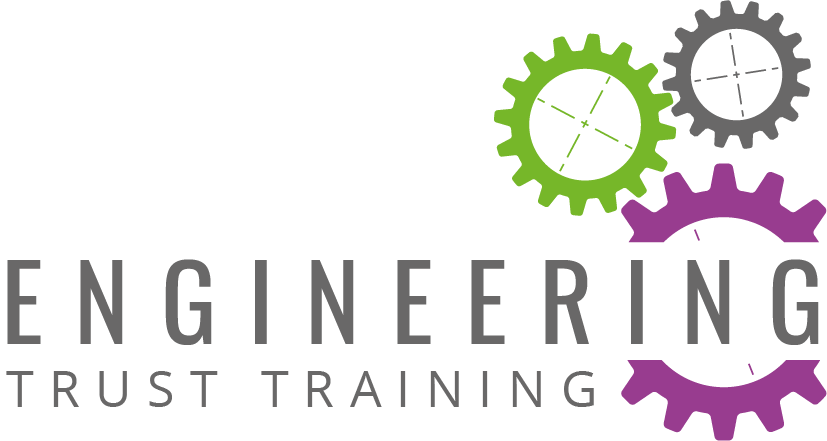
Incentive payments and using apprenticeships for existing staff
How to use apprenticeships whether you are recruiting new staff or not.
For many engineering and manufacturing businesses, getting back to pre-Covid productivity levels will be a long process. For those who have made use of the furlough scheme a lot of work is being done at present to bring back staff as we move towards October and the scheme ends. For others it this means taking the hard decision to make redundancies.
So, in these difficult times, how best can employers use apprenticeships? First and foremost, we need to debunk the myth that an apprenticeship is only for new employees. They are not, they can be brilliant for existing employees as a form of career development or to upskill them and plug knowledge gaps in the business. They are also cost effective as government funding for the training can be accessed in the same way as any other apprenticeship.
When looking at how best employers can use apprenticeships you need to approach it in a couple of ways. Firstly, taking on new staff and the incentive payment that is now available from the government and secondly, the use of apprenticeships for existing employees.
The Chancellor’s Plan for Jobs
Last week, Rishi Sunak announced his 'Plan for Jobs', the second part of a three-phase plan to secure the UK’s economic recovery from coronavirus. Apprenticeships featured within the plan with payments for employers who hire new apprentices being introduced for 6 months from the 1st August 2020. Apprentices have to be a new employee with a start date between 1st August 2020 and 31st January 2021 and cannot have been employed by the business for the 6 months prior to them starting.
For 6 months from August 2020 the incentive for hiring a new apprentice will be:
£3k for 16-18s (current £1k + new £2k)
£2k for 19-24s
£1.5k for 25+.
Positive news if you are looking to take on a new apprentice or were thinking about it. There are lots of options both in terms of level and standard (the programme that will be delivered) and finding the right combination that meets the needs of your business is the first step in the recruitment process.
It’s not however, a massive incentive if you are either maintaining or actively reducing you staffing numbers as you would still need to pay the new apprentice’s wages. If you are in this boat, then looking at an apprenticeship for an existing member of staff may be more viable.
Apprenticeships for existing staff
An apprenticeship can be started at any age and be completed by someone who is already in post. There are certain criteria in relation to prior learning that would need to be considered however with a range of apprenticeship levels there is often something for everyone.
When using an apprenticeship to train a current staff member there is of course no extra wage costs and the training is really cost-effective as you can access government funding (not the incentive payment mentioned above). Businesses who pay the Apprenticeship Levy can draw funds from their levy pot to cover the training. If you don’t pay the levy (you have a wage bill of under £3m per year) you would pay 5% of the training fee (known as co-investment). Businesses with under 50 employees can access funding for the whole apprenticeship training cost providing the staff member is under 19 years of age (over that and you would need to co-invest).
What’s available?
Apprenticeship levels run from intermediate (level 2) through to degree (level 7). I’ve focussed below of a ‘higher’ level 4 apprenticeships designed for people who have already completed a level 3 apprenticeship or have A levels or a BTEC L3 or NVQ L3. The programme includes an HNC which a lot of employers pay separately for and whilst an apprenticeship might take longer, the programme gives the employee a real breadth of leaning, far great than doing the HNC on its own.
A level 4 apprenticeship is ideal for those employees looking to make the next step up within the business and helps you to offer them progression, confident in the knowledge that they will develop the skills to underpin the role you need them to do.
Engineering Manufacturing Technician (42 months in length)
This occupation is found in large and small engineering and manufacturing organisations providing products and services throughout a wide range of sectors. The person will support organisations to develop, produce or test new/existing products, processes, or procedures to efficiently and effectively meet a customer specification in terms of quality, cost and delivery. Make decisions, solve problems and produce and/or update technical documentation, reports or specifications. Inform others, either internally or externally as to what needs to be done and how a product must be designed, manufactured, tested, modified, maintained, stored, transported, commissioned or decommissioned.
Help to recover
Whatever situation you find your business in post Covid-19, apprenticeships are something you should consider when working out how to recover during difficult economic times. Giving staff CPD during what may be a quieter period is a good use of their time and up-skilling them can help fill any gaps left if you have had to make staff redundant, safeguarding and helping your business to recover.
We are here to help. If you are unsure about any aspect of apprenticeships, want to know more about the incentive payments or funding in general then please do get in touch. Initial conversations and advice are without obligation and we are happy to help you explore apprenticeships to see if they are right for your business or not.
Written by Mark, Chief Executive
